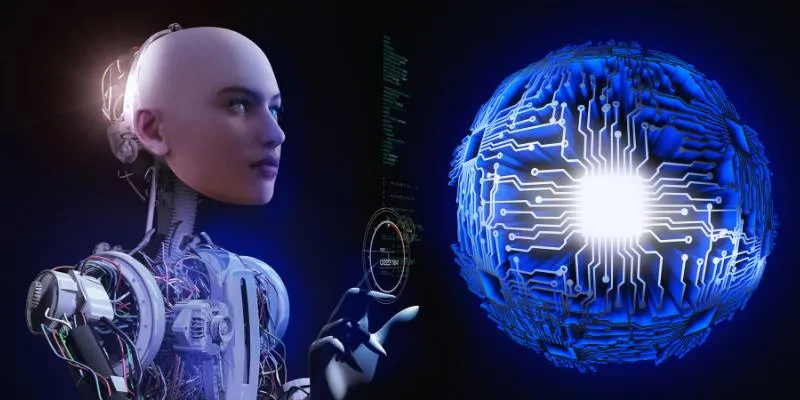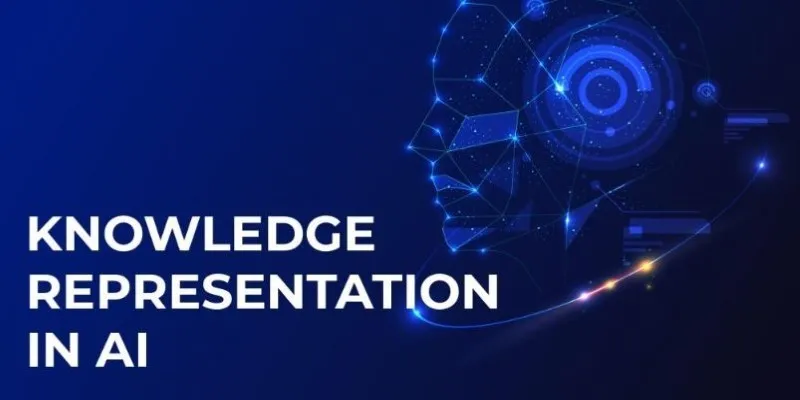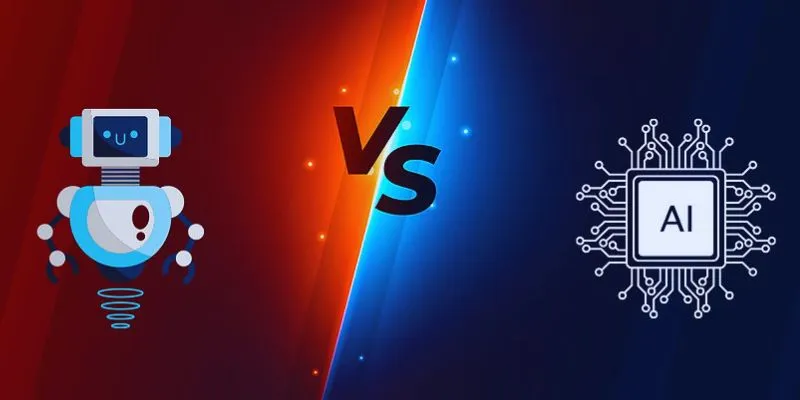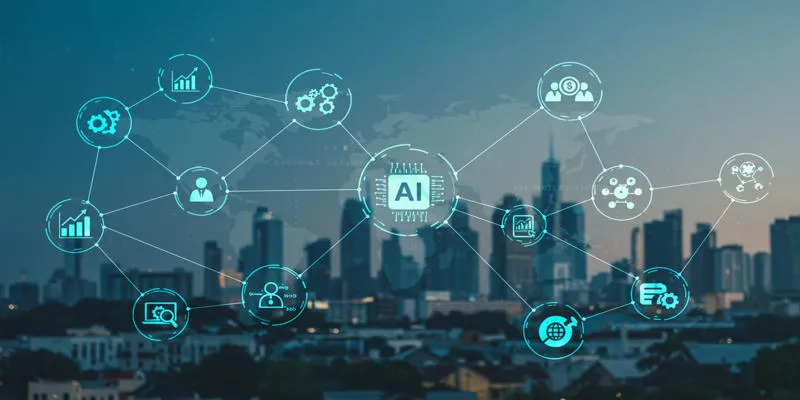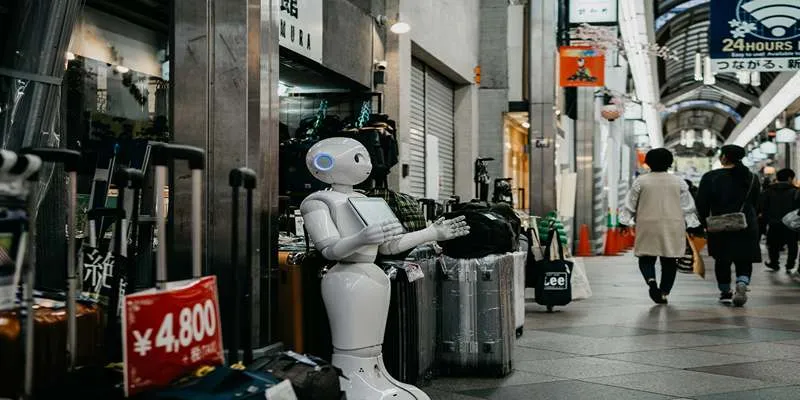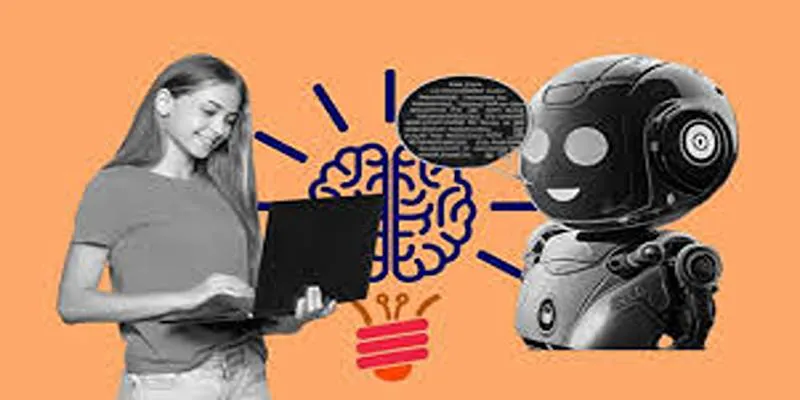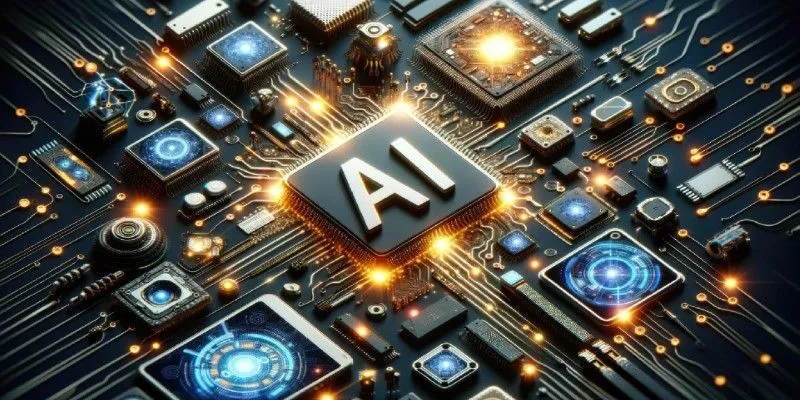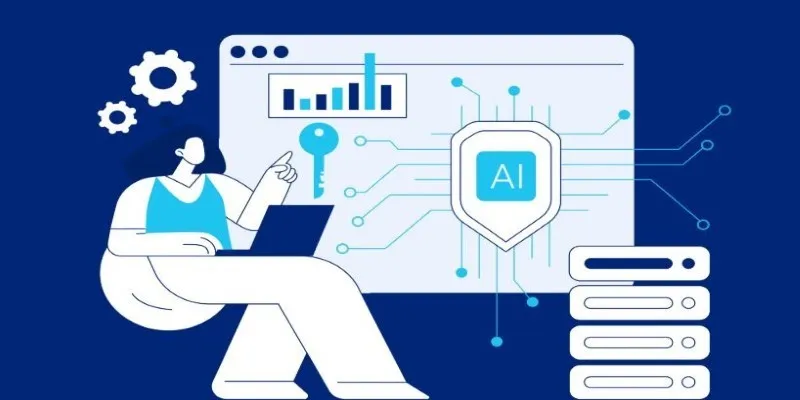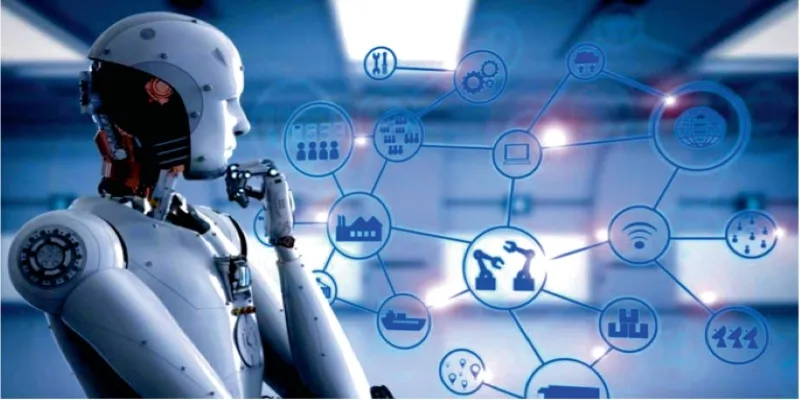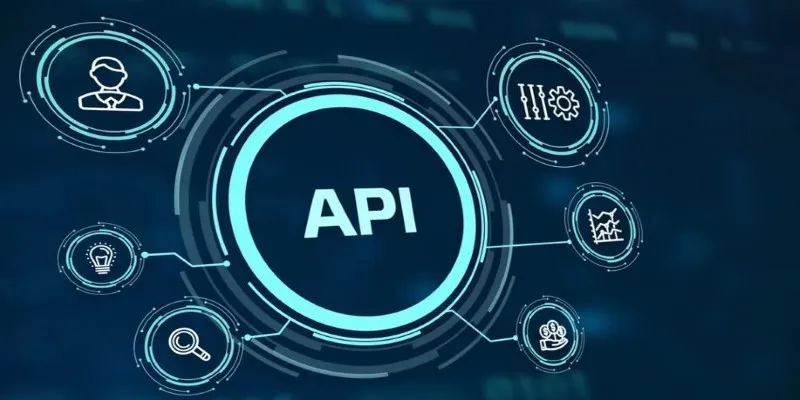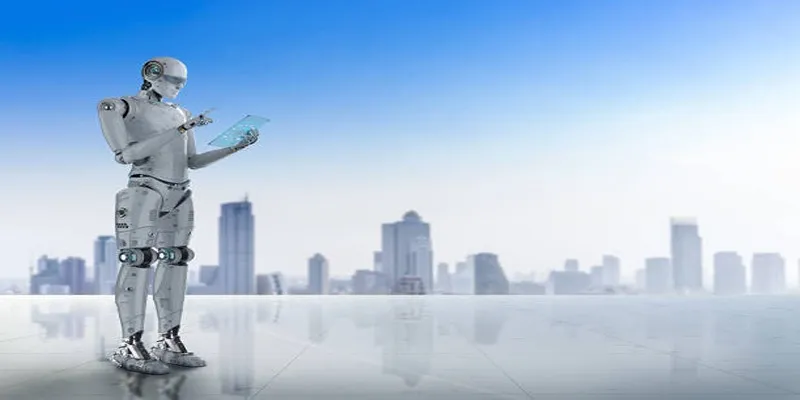
Generative AI is revolutionizing creativity and innovation, paving new paths for wealth and growth. This technology enables individuals and businesses to explore fresh ideas, develop intelligent tools, and transform industries. From creative entrepreneurs to major corporations, many are leveraging generative AI to tap into the future economy and unlock exciting opportunities.
What is Generative AI?
Generative AI is a groundbreaking category of artificial intelligence that utilizes existing data to learn patterns, enabling it to create new, original content such as text, images, music, and programming code. Unlike standard AI, which focuses on information analysis, generative AI actively generates new outputs. OpenAI’s GPT models and DALL·E exemplify the transformative capabilities of this technology, helping users produce exceptional content with minimal effort.
The potential applications for generative AI are immense, spanning industries like healthcare, entertainment, education, and finance. By streamlining creative processes, boosting productivity, and unlocking new avenues for growth, generative AI is poised to become a cornerstone of future innovation and economic development.
The Rise of Generative AI as a Wealth Builder:
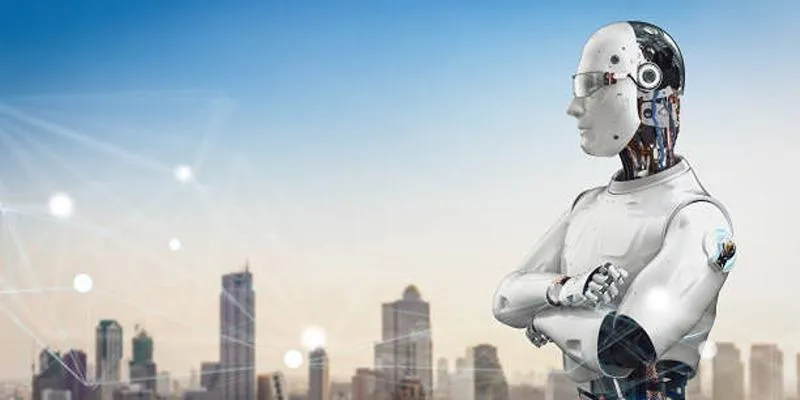
Organizations are utilizing generative AI tools not only for innovation but also as essential factors for wealth generation. Individuals and companies are using its capabilities to establish businesses that operate smoothly and create transformational value. Here are the key players leading this shift:
Tech Entrepreneurs and Startups:
Entrepreneurs are spearheading the generative AI revolution. Startups are harnessing this technology to deliver groundbreaking products and services that address untapped market needs. From personalized marketing content and custom product designs to AI-powered virtual assistants, these innovative ventures are reshaping industries. Their potential has not gone unnoticed—venture capitalists are investing billions into generative AI startups, fueling their growth and market impact.
Established Corporations:
Large corporations are adopting generative AI to maintain a competitive edge in fast-evolving markets. Industries such as retail, manufacturing, and finance are integrating AI-driven tools to enhance efficiency, cut costs, and make smarter decisions. For example, generative AI is automating customer service, optimizing supply chains, and generating predictive analytics. By embedding this technology into their operations, companies are unlocking new efficiencies and driving profitability on an unprecedented scale.
Creative Professionals:
Generative AI is revolutionizing the creative industries, empowering artists, writers, and designers to elevate their work. From musicians composing original scores to graphic designers crafting breathtaking visuals, AI is amplifying creativity and expanding the reach of creative content. This blend of human ingenuity and machine intelligence is not only pushing artistic boundaries but also opening new pathways for monetization and expression.
Educators and Researchers:
In education and research, generative AI is driving significant advancements. Educators are leveraging AI to create tailored learning experiences, while researchers use it to accelerate discoveries and analyze complex datasets. By automating routine tasks and extracting insights from vast information pools, generative AI enables professionals in these fields to focus on innovation and high-value contributions—ultimately fostering economic growth.
How Generative AI is Transforming Wealth Creation?
Generative AI is revolutionizing how wealth is created and distributed, unlocking unprecedented opportunities for economic growth. Here’s how this groundbreaking technology is driving value across industries:
1. Automating Creative Workflows
Generative AI excels at automating creative tasks, delivering content at scale while reducing dependency on human labor. This not only lowers costs but also boosts output. Industries like marketing, where demand for personalized content is high, stand to benefit significantly. By leveraging generative AI, businesses can craft tailored customer experiences, gaining a competitive edge in the market.
2. Creating New Revenue Opportunities
Generative AI is opening doors to entirely new revenue streams. From selling AI-generated art and music as digital assets to licensing AI-powered tools, businesses are exploring frontiers that were once unimaginable. These innovations are fostering the growth of the digital economy, creating fresh markets and monetization opportunities.
3. Boosting Productivity
By automating mundane tasks and offering actionable insights, generative AI is driving productivity across industries. Employees can shift their focus to strategic, high-impact activities while AI takes care of repetitive work. This not only enhances efficiency but also nurtures innovation, as professionals gain more time to experiment and pursue bold ideas.
4. Democratizing Technology
Generative AI is breaking down barriers to advanced technology, making it accessible to smaller businesses and individual creators. Tools that were once exclusive to large corporations are now available to a broader audience. This democratization is leveling the playing field, empowering more people to participate and thrive in the modern economy.
Challenges and Ethical Considerations:
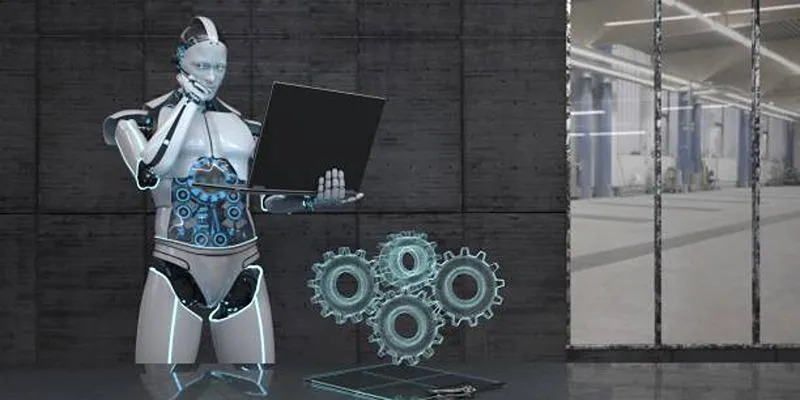
Ethical Challenges in Generative AI:
Generative AI offers transformative potential but also presents significant ethical challenges that demand thoughtful consideration. One primary concern is the responsible use of AI-generated content, as issues like copyright infringement, misinformation, and algorithmic bias must be addressed to ensure ethical implementation. For instance, questions of ownership arise with AI- created artworks or written materials, while unchecked biases in algorithms can perpetuate harmful stereotypes.
Moreover, the ability of generative AI to create highly convincing false information poses a serious risk, amplifying the spread of misinformation at an unprecedented scale. Embedding safeguards, promoting transparency, and maintaining accountability throughout the development process are essential steps toward addressing these challenges.
Disruption in Job Markets:
The rise of generative AI has far-reaching implications for job markets, particularly in creative industries. Tools capable of writing, designing, or composing music are already influencing sectors such as marketing, journalism, graphic design, and entertainment. As these capabilities grow and become more accessible, there is an increasing risk of certain roles—especially those involving repetitive or lower-skill creative tasks—becoming obsolete.
However, this disruption also creates opportunities, as human creativity and strategic oversight remain indispensable. Workers in affected industries may need to pivot by developing complementary skills or embracing roles that integrate AI tools, leveraging them as assets rather than competitors.
The Imperative for Collaboration:
To navigate these shifts responsibly, collaboration between policymakers, business leaders, and other stakeholders is critical. Policymakers must establish frameworks that promote ethical AI practices while supporting workforce adaptation through reskilling programs and educational initiatives designed for AI-driven roles.
Meanwhile, businesses have a responsibility to ensure their use of generative AI aligns with ethical standards and delivers positive societal value. By fostering open dialogue and cooperative efforts, stakeholders can strike a balance between innovation and accountability, creating a future where generative AI drives progress without deepening inequality.
Conclusion:
Generative AI is not just another technological innovation—it is a transformative force reshaping the global economy. By driving automation, unlocking new revenue streams, and boosting productivity, this groundbreaking technology is creating unprecedented opportunities across industries. However, its adoption must be guided by ethical principles and a commitment to responsible innovation.
 zfn9
zfn9



